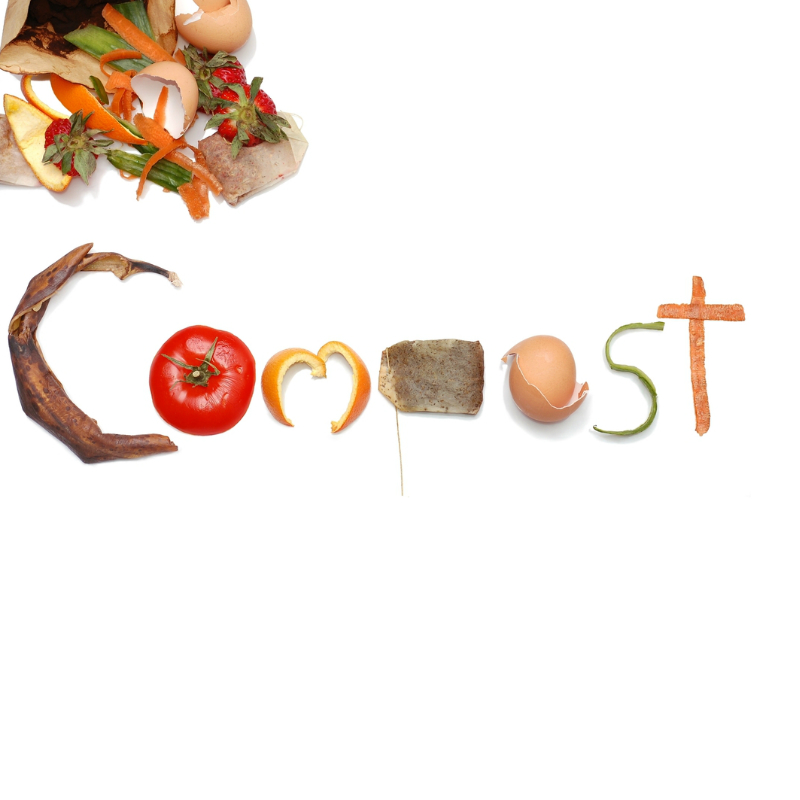 We get lots of composting questions from people looking a
bit stricken at the thought of trying their first attempt. We’re here to
say: have no fear! Compost happens! That is, everything organic in
nature will eventually decompose. The question is: What are your goals
for your compost pile?
We get lots of composting questions from people looking a
bit stricken at the thought of trying their first attempt. We’re here to
say: have no fear! Compost happens! That is, everything organic in
nature will eventually decompose. The question is: What are your goals
for your compost pile?
If your goal is just to keep your organic waste out of the landfill,
you can build a very basic compost pile with little attention needed.
This could be, literally, a compost “heap” that might take years to
fully compost, or a three-sided bin made from recycled pallets. You just
toss in your kitchen and yard waste when you feel like it, stop adding
waste once it’s getting too big, and start a second pile. If you have
plenty of space and no nearby neighbors who might complain, there’s
absolutely nothing wrong with this method.
If your goal is to sneak an attractive, never-smelly compost pile past your homeowners’ association, you will need an enclosed bin, preferably one that spins, like a Compost Wizard, to speed up the process.
If your goal is black gold - beautiful finished
compost fertilizer for your garden, you’ll need to study up and put a
bit of effort into building a pile with good layers. There is an art and
a science to making nice compost. Anyone who makes compost to sell or
to use on a certified organic farm must follow regulations to reach a
certain temperature for so many days to kill dangerous pathogens. You’ll
want to mimic what they do to get a hot pile, which breaks down more
quickly. This involves the right mix of nitrogen and carbon (or “greens
and browns”), the right moisture level, and lots of turning (or mixing).
Whatever your goals are, here are a few tips to follow:
- Create a system that works for you to actually get your kitchen
scraps to the pile or bin. Nothing will ruin your composting experience
more than rotting food that has been closed up inside a container for
too long. Try a stainless steel pail for sink-side that breathes
and cleans up easily.
- Stockpile “browns” when you have them. These are often lacking when
most of your waste is coming from the kitchen. The easiest “browns” for
most households are fall leaves.
- The ideal moisture level for your pile is like that of a damp sponge.
- You’re going for a carbon to nitrogen (C/N) ratio of 30:1. This
means that the C/N ratios of all the different materials you add should
average out to 30:1. For example, food scraps are 15:1 and Straw is
90:1. Skip the algebra with a rough ratio of two parts green to one part
brown, in alternating layers.
- If your compost smells, it is probably anaerobic i.e. not enough
oxygen is getting inside. Turn it to loosen it up and add dry (brown)
material as you go.
 We get lots of composting questions from people looking a
bit stricken at the thought of trying their first attempt. We’re here to
say: have no fear! Compost happens! That is, everything organic in
nature will eventually decompose. The question is: What are your goals
for your compost pile?
We get lots of composting questions from people looking a
bit stricken at the thought of trying their first attempt. We’re here to
say: have no fear! Compost happens! That is, everything organic in
nature will eventually decompose. The question is: What are your goals
for your compost pile?


